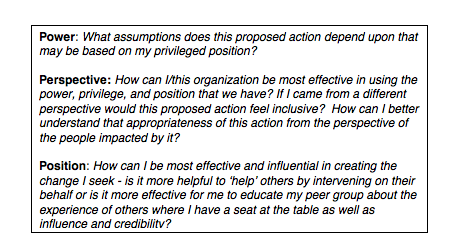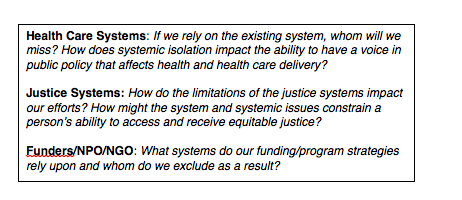Let's harness the power of 21st Century technology
to assure the quality, reliability and safety of
health care devices for everyone, everywhere...
On April 3, 2013, I gave my first TEDx: Integrity by Design at TEDxBarcelonaChange: Positive Disruption in Global Health
part of TEDxChange sponsored by the Gates Foundation
Join us as we build integrity by design to positively disrupt global health: http://www.integritybydesign.org
It was a humbling and brilliant experience. I am grateful to the #TEDxBarcelona team who hosted an outstanding, fun event and to my fellow TEDx speakers who inspired everyone! (Full speaker line up here: http://ow.ly/kAldv )
Thanks to our outstanding organizers Aurelie Salvaire Perrine Musset Johanna, rockstar coach Florian Mueck & the #TEDxBarcelonaChange team! Very special thanks for ubuntu from my community whose contributions were invaluable.




 RSS Feed
RSS Feed